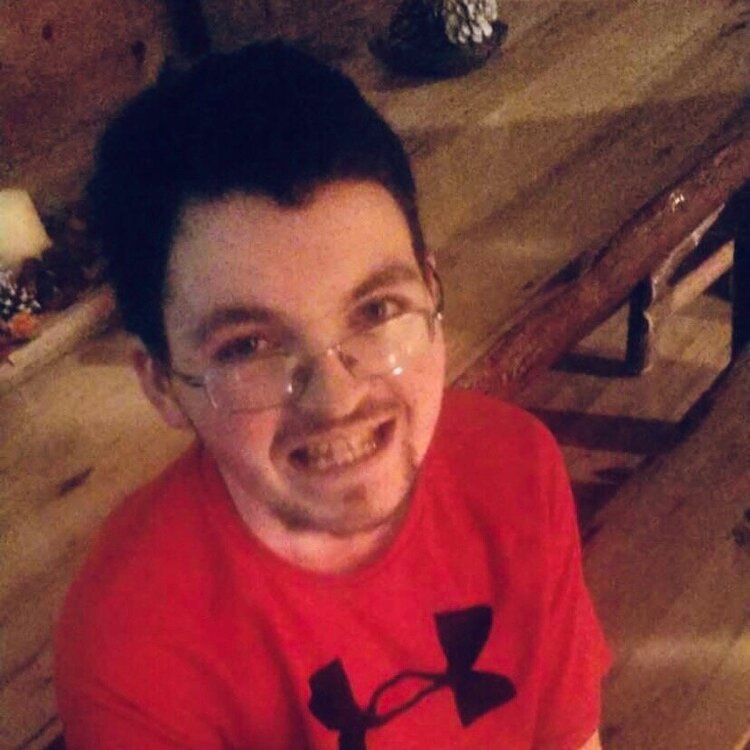What is Alexander Disease?
Alexander Disease is one of a rare group of nervous system disorders called leukodystrophies, sometimes referred to as "white matter diseases." In leukodystrophies, Myelin, the fatty covering that insulates nerve fibers and promotes the rapid transmission of nerve impulses, is destroyed. This disrupts nerve impulses and impairs nervous system functions.
Alexander Disease is an Ultra-Rare leukodystrophy characterized by abnormal protein deposits known as Rosenthal fibers. These deposits are found in specialized cells called astroglial cells, which support and nourish other cells in the brain and spinal cord. Alexander Disease is caused by mutations in the GFAP gene.
Most cases of Alexander Disease begin before age two and are described as the infantile form. While presentation varies greatly among patients, signs and symptoms of the infantile form typically include an enlarged brain and head size (megalencephaly), seizures, stiffness in the arms and/or legs (spasticity), intellectual disability, and developmental delay. Less frequently, onset occurs later in childhood (the juvenile form) or in adulthood. Common problems in juvenile and adult forms of Alexander Disease include speech abnormalities, swallowing difficulties, seizures, and poor coordination (ataxia). Rarely, a neonatal form of Alexander Disease occurs within the first month of life and is associated with severe intellectual disability, developmental delay, a buildup of fluid in the brain (hydrocephalus), and seizures.
Symptoms & Onset
Alexander Disease can be categorized into four different types based on age of onset: neonatal (>1 month), infantile (0-2), juvenile (4-10), and adult (12+), though previously neonatal was a part of the infantile type. Variability in phenotype is usually dependent on the age of onset, with the most severe symptoms and faster progression occurring in infants and children, while older juveniles and adults typically experience a slower progression. This disease has a wide variance in presentation and progression, which is why research like the Natural History Study at CHOP is so vital.
-
Onset happens in the first month, and results in severe disability or death within the first two years of life with little variability in symptoms. Symptoms include seizures, hydrocephalus, severe motor disability, severe intellectual disability, and severe white-matter abnormalities in the brain.
-
Presents itself within the first two years of life, and affected individuals usually only survive weeks, but some individuals will survive several years, as severity of symptoms is variable. Symptoms include progressive psychomotor retardation, protruding forehead and megalencephaly, seizures, hyperreflexia (overactive or over responsive reflexes), ataxia, and hydrocephalus.
-
Commonly presents itself between the ages of 4 and 10, with some being diagnosed in their mid-teens. Life expectancy ranges from early teens up to the 20s and 30s due to variability of symptoms as well as slower progression in older juveniles. Symptoms can include speech abnormalities, difficulties swallowing, and frequent vomiting, lower limb spasticity, ataxia, slow loss of intellectual function, seizures, megalencephaly, and breathing problems.
-
Presents itself in adulthood and is highly variable (from 12 to 65+). Most cases will see life expectancy to be about 10 to 20 years after presentation, depending on speed of progression and symptom development. Symptoms can include palatal spasms, difficulty swallowing, difficulty speaking, slurred speech, unwanted muscle contraction, hyperreflexia (overactive or over responsive reflexes), ataxia, constipation, abnormal sweating, sleep apnea, difficulty walking, and seizures. Many adult cases are misdiagnosed as MS, or are not diagnosed until autopsy.
Diagnosis & Treatment
A diagnosis of Alexander Disease is strongly considered for children who experience one or more of the symptoms listed above, especially megalencephaly, as well as leukodystrophy once other types are ruled out. Magnetic Resonance Imaging (MRI) is suggested in order to gain a clear picture of whether or not Alexander Disease is the cause. Genetic testing of a blood sample can give a definitive diagnosis for confirmation of Alexander Disease.
Currently, there is not a cure for Alexander Disease, but a few supportive therapies are available in order to lessen symptoms, such as certain medicines to help with seizure prevention. Recent research on GFAP in mice has found that mice lacking GFAP might suffer little consequences of having no copies of the gene, indicating a mechanism for turning off GFAP might be able to quell the fatal symptoms in patients in the future. Thanks to the hard work of Scientists, Physicians, Patients and Patient Advocacy groups, a promising new Antisense Drug to turn off disease causing GFAP protein is in Clinical Trial.
Frequency
The prevalence of Alexander Disease is unknown. About 500 cases have been reported since the disorder was first described in 1949.
The chances of having Alexander Disease are thought to be less than one in a million, but if you or a family member are that one, the effects are devastating. There are other similarly unlikely threats that we already take seriously because of their effects on our shared values of quality of life:
1 : 1,000,000
Alexander Disease
1 : 11,000,000
Air Travel Accident
1 : 11,500,000
Shark Attack
















